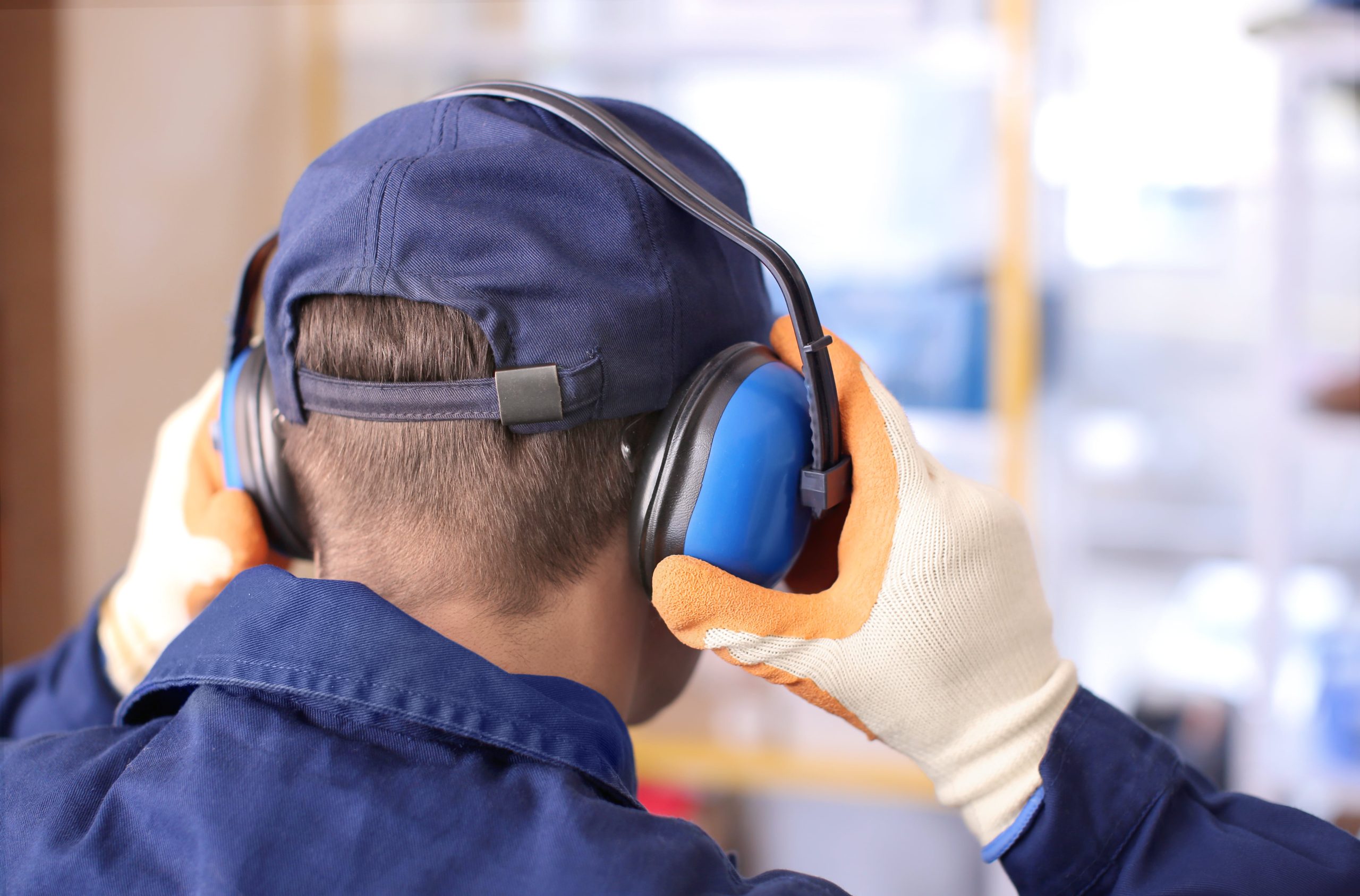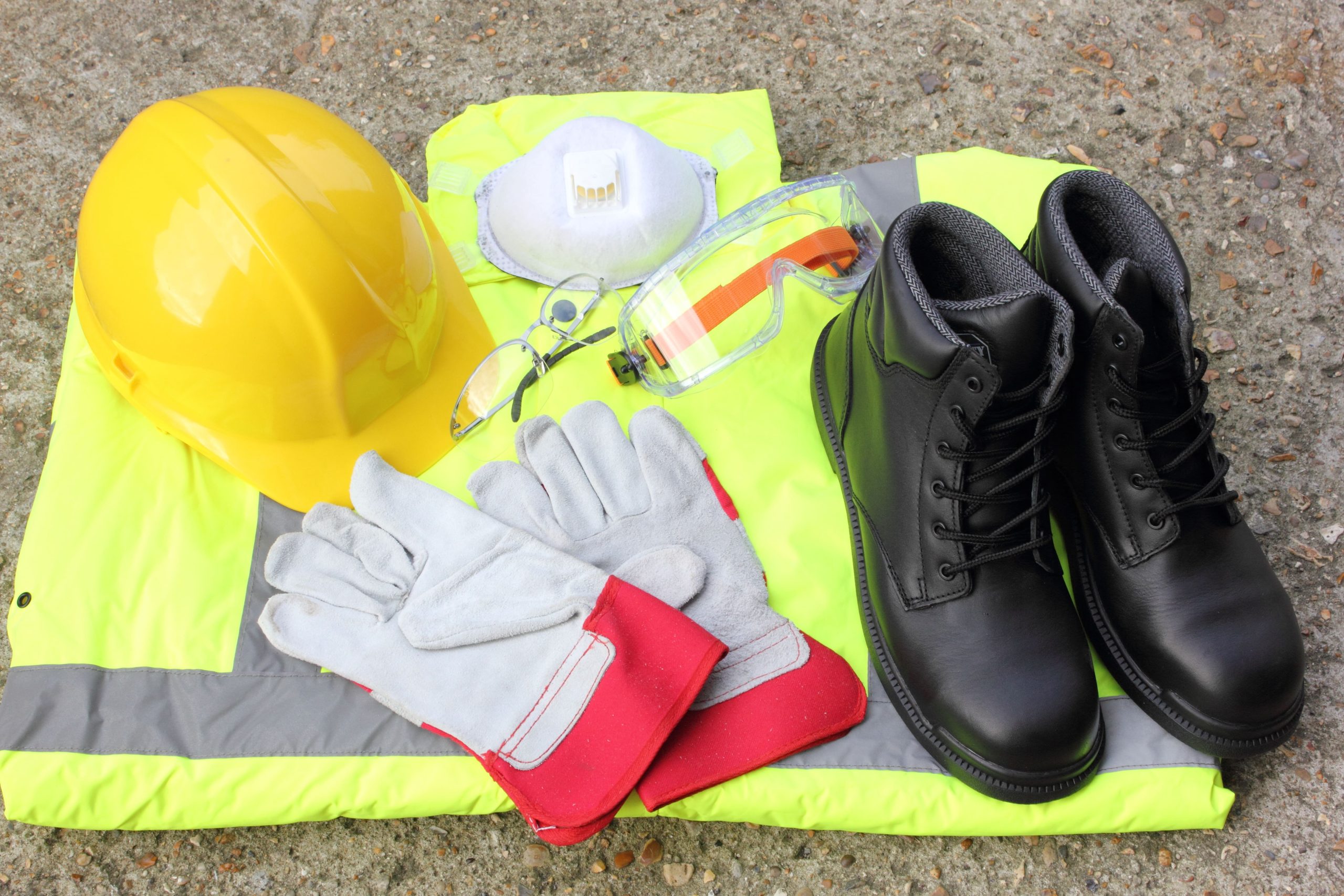BLOG
Noise at work | The SHOUT test!
Written on 22 January 2024

An estimated 20% of workers in Great Britain are believed to be exposed to high levels of noise as part of the working routine. High levels of noise is known to increase the likelihood to suffering from temporary and permanent noise-induced hearing loss.
So what can employers do about it?
The SHOUT test for noise assessment
Employers who notice that their staff need to shout in order to be heard may be dealing with excessive noise in their workplace. To address this concern, the Health and Safety Executive (HSE) recommends that employers use the “SHOUT test” to proactively assess the presence of noise problems.
The SHOUT test assesses whether workers can communicate each other, without resorting to shouting, from two metres away. If they can’t, it could indicate a problem with noise levels in the workplace that needs to be addressed.
Research by the Workplace Health Expert Committee (WHEC) suggests that one in five workers in Great Britain are likely be exposed to high noise levels (>85 dBA). Indeed, many workers are known to experience a temporary level of hearing loss after leaving their place of work.
It’s crucial that employers don’t dismiss these issues as they can be an early sign of hearing loss. Continued exposure without adequate breaks may increase the risk, potentially leading to permanent noise-induced hearing loss.
Employers should assess and identify measures to eliminate or reduce the risks from exposure to noise and protect their workers’ hearing.
Do you need support?
Speak to us for an honest, no obligation chat on:
0345 226 8393 Lines are open 9am – 5pm
The CUFF method for hearing protection
Employers that use hearing protection at work are encouraged to CUFF it!
| C | Condition | Is the hearing protection in a good condition? |
| U | Use | Are workers using their hearing protection at all times / when they should be using it? |
| F | Fit | Does the hearing protection fit the worker? (Every worker is different) |
| F | Fit for purpose | Does the hearing protection provide the right level of noise reduction? |
Balancing hearing protection and worker safety
Achieving a balance between hearing protection and worker safety is crucial.
Employers should always consider the type and provision of PPE; inadequate provision may lead to temporary or permanent hearing loss, while over-provision of hearing protection could lead to isolation, thereby increasing in the likelihood of accidents.
Related Content

BLOG
HSE Statistics 2023 Show Slow to No Progress in Driving Down Work-Related Injuries and Ill Health
Need support?
If you would like to explore how WorkNest can assist your organisation in addressing noise and other exposure hazards through specialist advice, support and training, get in touch with our team on 0345 226 8393 or request your free consultation using the button below.


